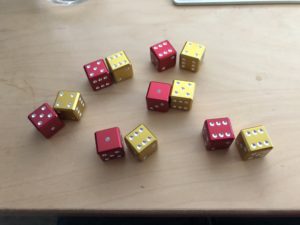You have Walls and you have Wheels. It was ALWAYS that way and it will ALWAYS be that way!”
Donald Trump
Who am I to gainsay our President? And I’ve seen worse creative prompts. Thus, I present a one–page RPG: Wheels & Walls. The good mechanics and GMing advice in this game are lifted directly from Lasers & Feelings, a one-page tabletop RPG by John Harper. Everything else I wrote in a few hours before getting back to the business of celebrating the New Year.
This game wears its political opinion on its sleeve.
If you like it, you can find a long list of other Lasers & Feelings hacks here.
